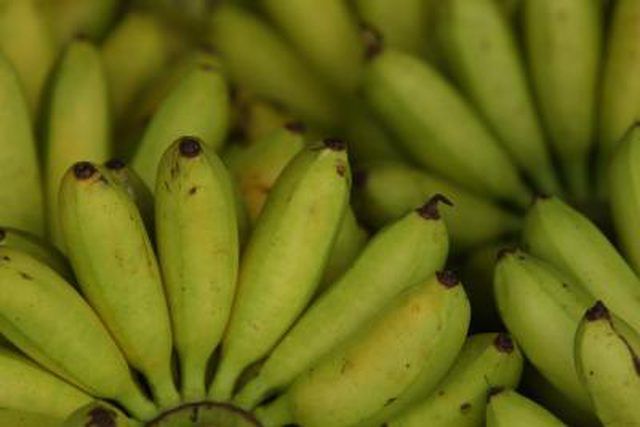Bulbs
Flower Basics
Flower Beds & Specialty Gardens
Flower Garden
Garden Furniture
Garden Gnomes
Garden Seeds
Garden Sheds
Garden Statues
Garden Tools & Supplies
Gardening Basics
Green & Organic
Groundcovers & Vines
Growing Annuals
Growing Basil
Growing Beans
Growing Berries
Growing Blueberries
Growing Cactus
Growing Corn
Growing Cotton
Growing Edibles
Growing Flowers
Growing Garlic
Growing Grapes
Growing Grass
Growing Herbs
Growing Jasmine
Growing Mint
Growing Mushrooms
Orchids
Growing Peanuts
Growing Perennials
Growing Plants
Growing Rosemary
Growing Roses
Growing Strawberries
Growing Sunflowers
Growing Thyme
Growing Tomatoes
Growing Tulips
Growing Vegetables
Herb Basics
Herb Garden
Indoor Growing
Landscaping Basics
Landscaping Patios
Landscaping Plants
Landscaping Shrubs
Landscaping Trees
Landscaping Walks & Pathways
Lawn Basics
Lawn Maintenance
Lawn Mowers
Lawn Ornaments
Lawn Planting
Lawn Tools
Outdoor Growing
Overall Landscape Planning
Pests, Weeds & Problems
Plant Basics
Rock Garden
Rose Garden
Shrubs
Soil
Specialty Gardens
Trees
Vegetable Garden
Yard Maintenance
Banana Fruit Description
Banana Fruit Description. Bananas have thick inedible skins that turn yellow or red when ripe. As the most popular fruit in the world, they grow on trees in the subtropics and tropics. You can eat some varieties after skinning them, but some are inedible raw.

Bananas have thick inedible skins that turn yellow or red when ripe. As the most popular fruit in the world, they grow on trees in the subtropics and tropics. You can eat some varieties after skinning them, but some are inedible raw.
Common Types
Of the 1000 known banana varieties in the world, the types most commonly available for purchase include the most popular yellow Cavendish, the smaller apple banana, the baby banana, the red banana with pinkish flesh and the plantain, which must be cooked.
Nutrients
Rich in potassium and vitamins B6 and C, bananas also contain essential amino acids, high amounts of carbohydrate and fiber, but low amounts of protein and fat.
Important Commodity
Although people in the tropics consume bananas as a staple food, developing countries export about one fifth of their banana crop to developed countries, according to the United Nations Conference on Trade and Development. Both large plantations and small farmers grow bananas for export.
Shipping
Exporters ship unripe bananas to extend their shelf life. Once the fruit arrives, vendors treat it with ethylene gas to speed the ripening process.
Storing Bananas
Keep the fruit at room temperature or put them in the sun for faster ripening. Don't refrigerate them because that will turn them black and they won't ripen.